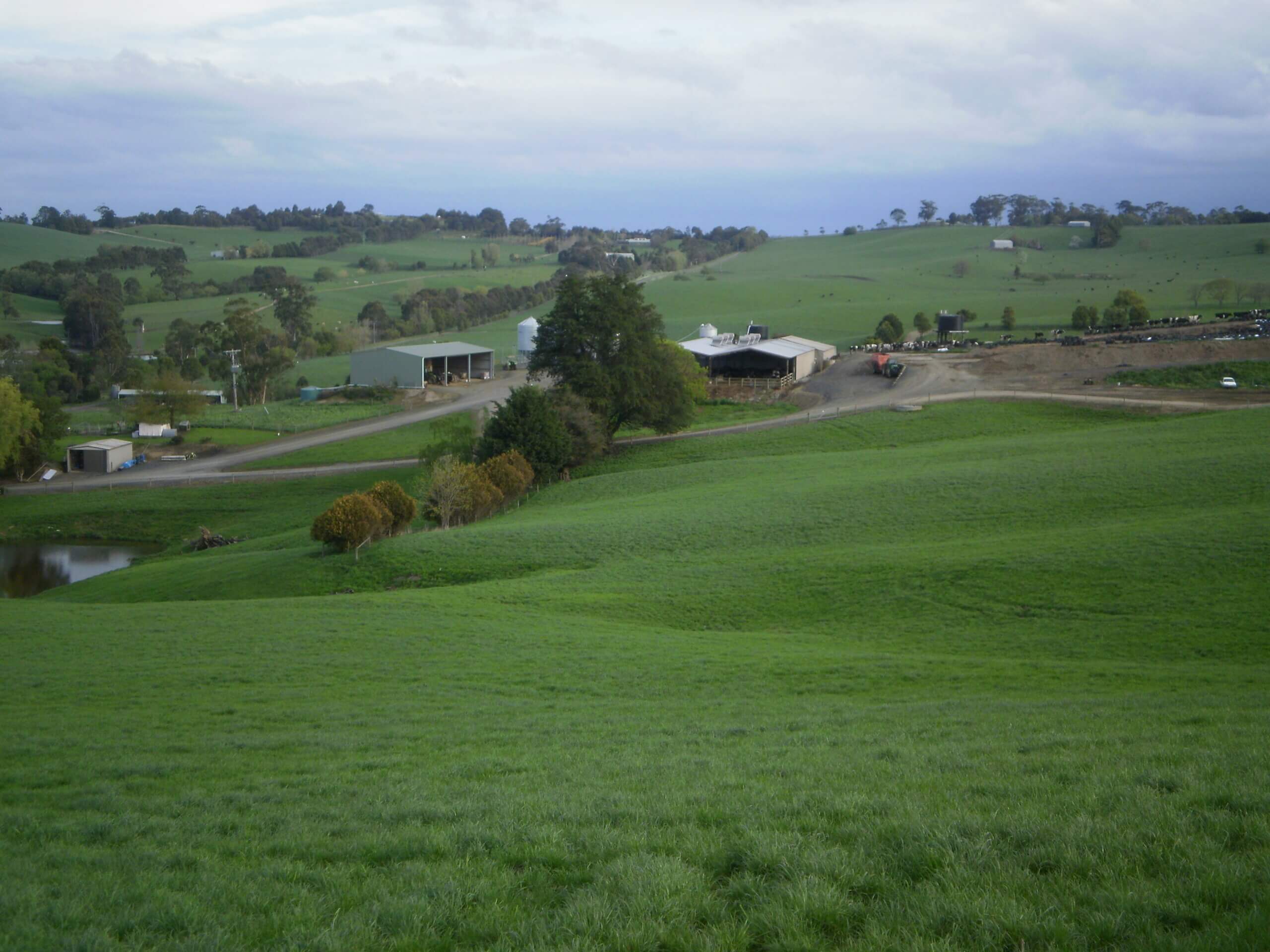Winter poa & barley grass weed control is an essential component of pasture management, especially in new permanent ryegrass pastures. Winter grasses can compete with desirable grasses for nutrients, water, and light, reducing pasture productivity and quality.
- Proper establishment practices
- Pre and or post emergent selective herbicide use
- Grazing management for productive pastures
- Multi year summer forage crop programmes
Winter grasses, such as poa annua, can be particularly challenging to control in new ryegrass pastures. These grasses are highly competitive and can rapidly invade new or disturbed areas, such as newly seeded pastures.
By spring they become reproductive and can also produce large amounts of seeds, which can remain viable in the soil for several years. Winter grasses can reduce pasture productivity and quality, and in late spring pastures when winter grasses perish paddocks are left visibility open and subject to further weed invasion.
“To combat winter grasses in new ryegrass pastures, a multi-pronged approach is recommended” advises Adam Fisher of Notman Pasture Seeds in Poowong
First, proper establishment practices, such as timely planting, adequate seedbed preparation, and appropriate seeding rates, can help reduce the opportunity for winter grasses to establish.
“To create a competitive pasture, it is also essential to choose a high-quality italian or perennial diploid ryegrasses that is adapted to the soil and climatic conditions of the area” Mr Fisher said.
Second, herbicides can be used to control winter grasses before or after emergence.
“Selective herbicides, such as Scanner, are effective for controlling annual winter grasses and other grassy weeds, while leaving the desirable ryegrass unharmed”
Non-selective herbicides, such as glyphosate and glufosinate, can be used for spot treatments or in fallow periods to control barley grass and winter grasses and other broadleaf weeds.
Herbicides can be used to control weeds before or after establishment. Pre-emergent herbicides are applied before planting or emergence to prevent weed seeds from germinating.
Third, grazing management can also be used to control winter grasses.
“Heavy grazing, topping or harvesting can reduce the seed production of winter grasses in spring, while moderate grazing throughout the year can help maintain a healthy and competitive ryegrass stand.”
Fourth, the multi year summer forage crop programmes.
“We suggest using a strategic renovation programme using forage brassicas or turnips and pre-emergent herbicides in well worked soils can minimise the seed set of winter grasses.”
In conclusion, a multi-pronged approach is an essential component of good pasture management, especially in avoiding seed set of winter grasses in new permanent ryegrass pastures. Proper establishment, herbicide use, grazing management and mutli year summer crop renovations are all effective strategies for controlling weeds.
Get in touch with our pasture teams for more agronomy information;
Gippsland
Peter Notman
0418 512 035
Adam Fisher
0437 512 015
Western Victoria
Andrew Allsop
0408 439 795
Jonathan Town
0409 118 663







